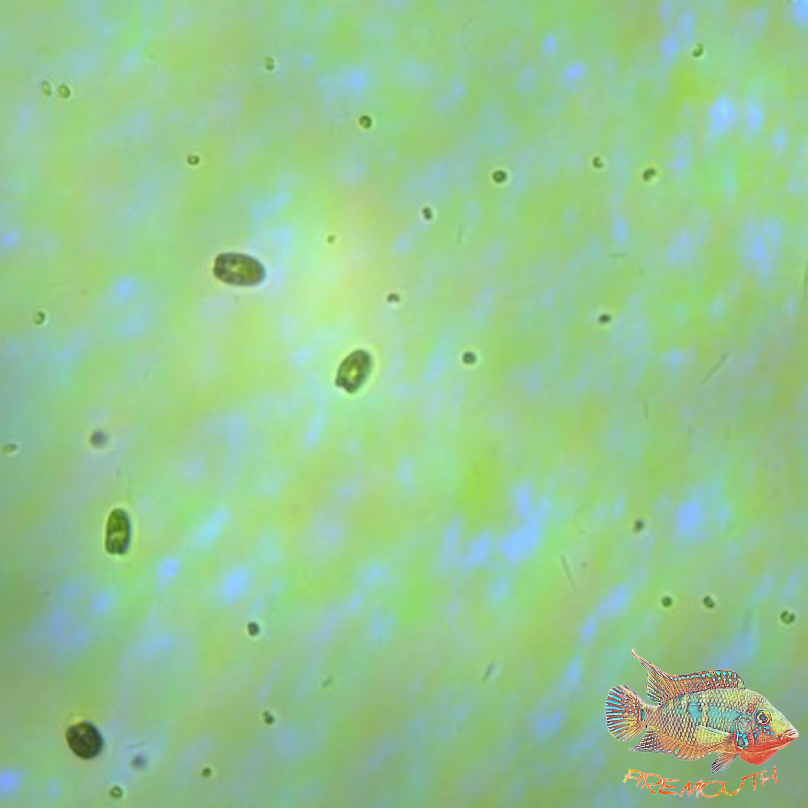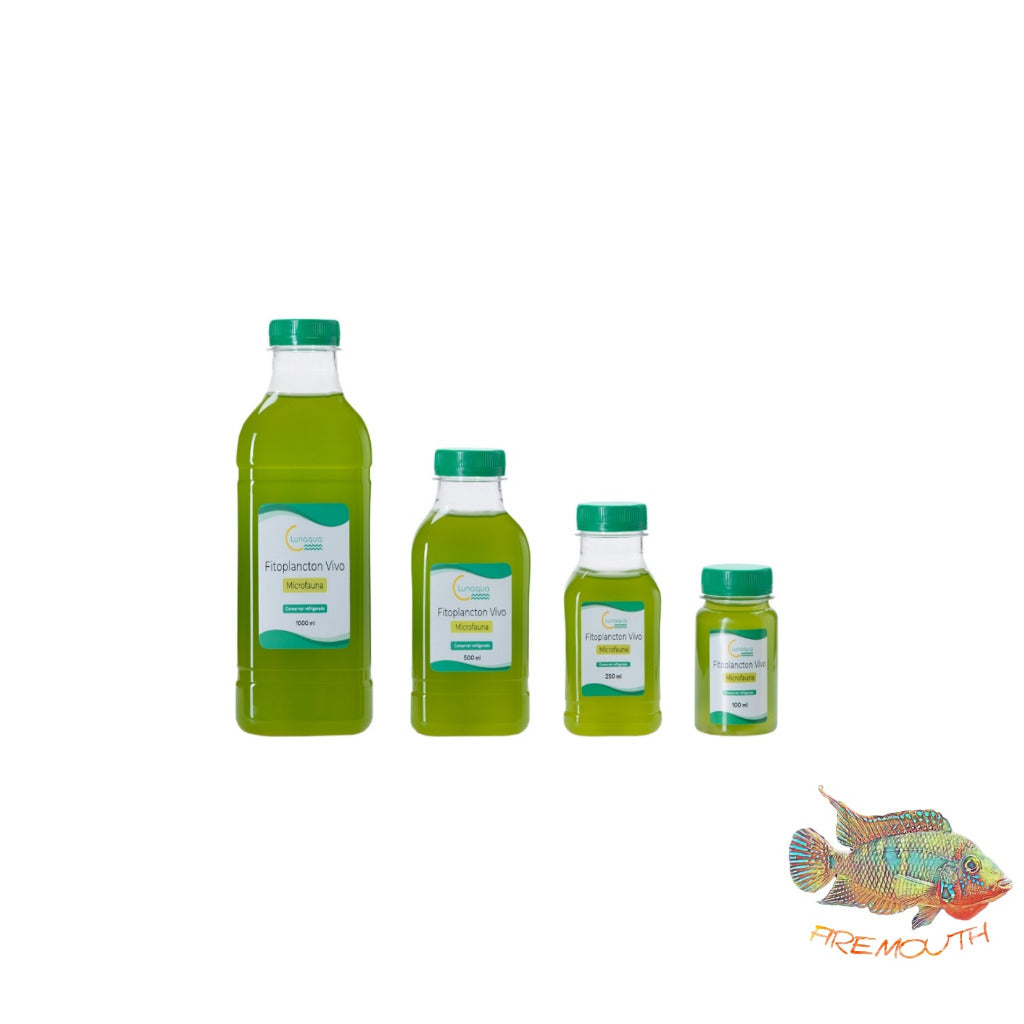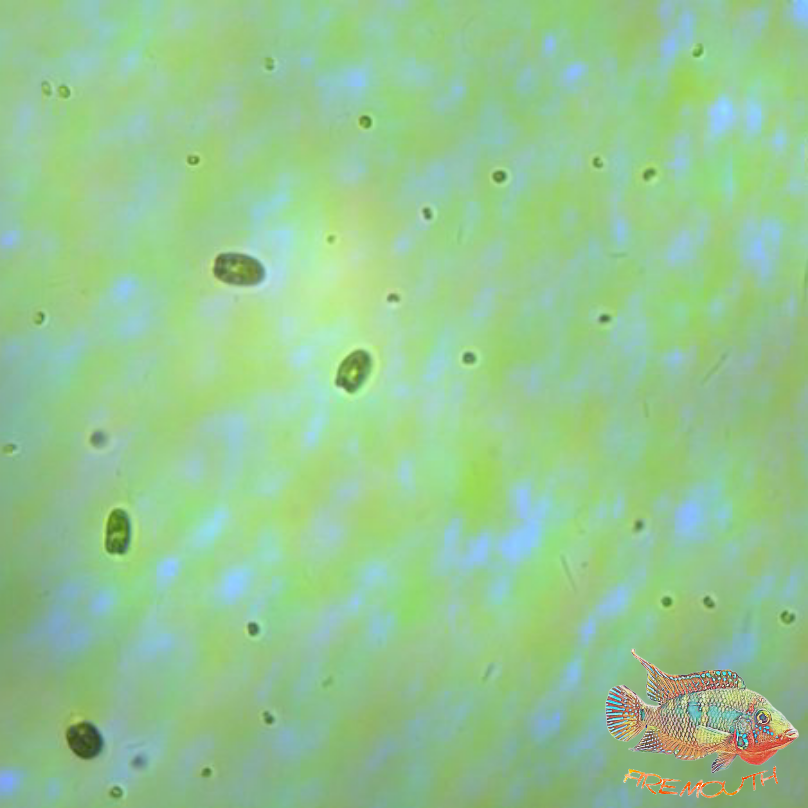Phytoplankton for microfauna
Phytoplankton for microfauna
Couldn't load pickup availability
General shipping information
General shipping information
SHIPPING :
Orders are generally shipped within 24/48 business hours with a shipping agency.
*Orders DO NOT go out on Fridays to avoid them being stuck all weekend at the transport agency.
You can check the status of your order by sending us an email to firemouthaquaristic@gmail.com
Shipping price:
SPAIN PENINSULA:
- NACEX 24/48H - €5.95 | FREE ON ORDERS + €60
- NACEX SHIPPING LIVE ANIMAL 24H €15 | FREE ON ORDERS +150€
- NACEX HEAVY DELIVERY - €9 | €15 depending on product
- PICKUP FROM WAREHOUSE (ONLY FOR ALICANTE) - €0
ISLANDS, CEUTA AND MELILLA
We use the Correos parcel service with a flat rate of €22
However, write to us and tell us what you are interested in because if it is a smaller package, the costs will be much cheaper.
You only pay the exact Post Office rate
Write to us if you have questions
EUROPE / EUROPE
We use the Correos parcel service with a flat rate of €45
However, write to us and tell us what you are interested in because if it is a smaller package, the costs will be much cheaper.
We use the parcel service of Correos with a flat rate of € 45
However, write us and tell us what you are interested in because if it is a smaller package, the costs are much cheaper.
Fish Shipping Information ONLY
Fish Shipping Information ONLY
**Only valid for Spain PENINSULA
Shipping fish costs €15 (or free from €150.00) and is sent via urgent NACEX , delivering the package before 7pm.
You can also choose to pick it up at the agency first thing in the morning on
day delivery is scheduled, in this case, please write to us once the order has been placed at 664373985.
Once the package arrives you will have one hour to acclimatize and resolve any incidents.
of the animal, if it is not done in this way the right to claim the animals will be lost.
If you want to find a greater variety of fish, you can request to join the WhatsApp offers group where we will share a super large list of fish in which you will find a great variety of fish for very attractive prices.
Phytoplankton Microfauna
Mixture of marine microalgae (Tetraselmis suecica 50%, Nannochloropsis gaditana 50%)
Food for copepods, rotifers, amphipods, isopods...etc.
DESCRIPTION
General characteristics
These two species of microalgae complement each other perfectly due to their difference in size and mobility. On the one hand, we have Tetraselmis suecica, with a size of 10-14µm and mobility through flagella, and, on the other, we have Nannochloropsis gaditana, with a size much smaller, around 2 µm, without mobility of its own.
Phytoplankton is the base of the ocean food chain and, therefore, of vital importance for all the organisms that live in our aquarium directly or indirectly.
Feeding correctly from the most initial links allows us to have a more balanced and better nourished ecosystem. We must try to “imitate” as much as possible what organisms find in their natural environment and phytoplankton is an essential part for this purpose.
Nutritional value
Microalgae contain proteins/amino acids, polyunsaturated fatty acids (omega 3), vitamins, minerals, chlorophylls and other pigments, antioxidants, enzymes,…
The composition in general terms is usually: proteins (30-50%), carbohydrates (20-40%) and lipids (8-15%). All these percentages are variable depending on the microalgae in question and the cultivation conditions that we apply to them.
Advantages they present as food
It directly feeds the filter-feeding organisms and invertebrates that live in the aquarium, so that it will strengthen their immune system, reflecting their color and awakening the predatory instincts of those who feed on it.
The results will not be visible immediately but little by little we will see how life in our marine aquarium improves over time.
When to use phytoplankton and why
Microalgae that are not consumed at that time will disappear with some time, it is important not to add more than necessary. A part of them will remain attached to the living rock and the substrate, serving as food for organisms found here.
It is important to note that the phytoplankton that we put in the aquarium cannot reproduce in it over time. Phytoplankton require elements for their growth and reproduction that we do not find in the aquarium. Mainly, a eutrophic environment (with a high amount of nutrients) is essential and what we seek to have in our aquarium is an oligotrophic environment (low amount of dissolved nutrients).
We must always start with a low dosage and increase little by little depending on the needs of our aquarium.
It contributes to the reproduction and maintenance of the zooplankton that we have introduced.
Corals (Tetraselmis suecica 20%, Nannochloropsis gaditana 30%, Isochrysis galbana 30%, Phaeodactylum tricornutum 20%)
It is important to differentiate between hermatypic and ahermatypic corals. Not all corals feed in the same way and that is why we must learn the basics to know how to try to feed each one of them as best as possible.
Ahermatypic Soft corals that do not generate a skeleton; They feed directly on plankton and microorganisms (phytoplankton and zooplankton). It is important to control some factors in the water such as calcium, magnesium and trace elements since corals feed on them.
Hermatypic Hard corals that do generate skeletons; They obtain their main source of energy from zooxanthellae (very small algae that live within the coral tissue in symbiosis; they are actually dinoflagellates that live in symbiosis with the polyp colonies). Thanks to photosynthesis, these algae produce sugars that serve as food and a source of energy for the coral itself. In turn, these algae are what give the coral itself its color. Therefore, light is very important in these corals since they partly feed on it and thus obtain their own food. Polyps feed on bacteria, diatoms,... An example of hermatypic coral would be acroporas (SPS corals).
Microfauna (Tetraselmis suecica 50%, Nannochloropsis gaditana 50%)
Food for copepods, rotifers, amphipods, isopods.
Kingdom: Eukaryota
Class: Eustigmatophyceae
Order: Eustigmatales
Family: Monodopsidaceae
Genus: Nannochloropsis
Species: Nannochloropsis gaditana
Size 2-3 µm
Devoid of flagella
Very resistant cell wall
Fast growth
Feeding of rotifers and copepods
Used in green water technique to establish initial phases in aquaculture
High protein and lipid content. Its high content of EPA (omega 3 eicosapentaenoic fatty acid) stands out.
Nutritional profile:
Proteins: 52%
Carbohydrates: 12%
Lipids: 28%
EPA: 37%
ARA (arachidonic fatty acid): 5%
Kingdom: Eukaryota
Class: Chlorodendrophyceae
Order: Chlorodendrales
Family: Chlorodendraceae
Genus: Tetraselmis
Species: Tetraselmis suecica
Size 10-12 µm
It has 4 isodynamic flagella that are grouped at an apical vertex.
Being larger and more mobile makes it more palatable to certain organisms (such as hard corals).
Feeding of small organisms such as copepods, rotifers and Artemia salina. Widely used for feeding mollusks and crustaceans.
Nutritional profile:
Proteins: 36%
Carbohydrates: 12%
Lipids: 10%
EPA: 4%
ARA (arachidonic fatty acid): 10%
Linoleic acid: 12%




